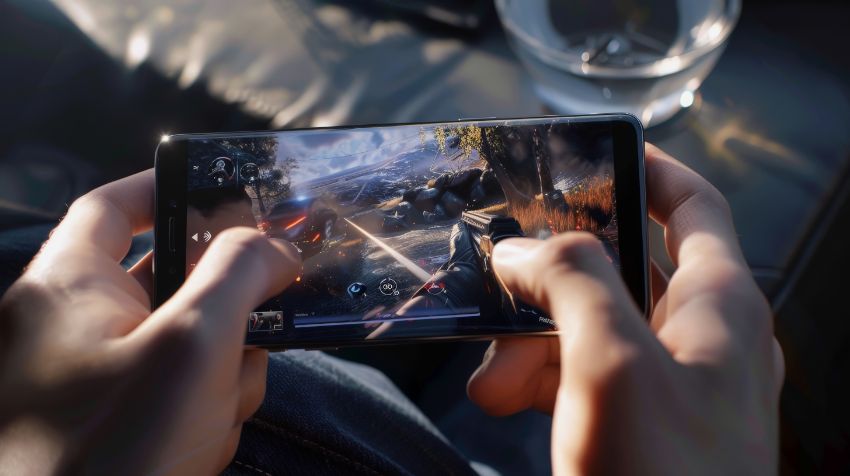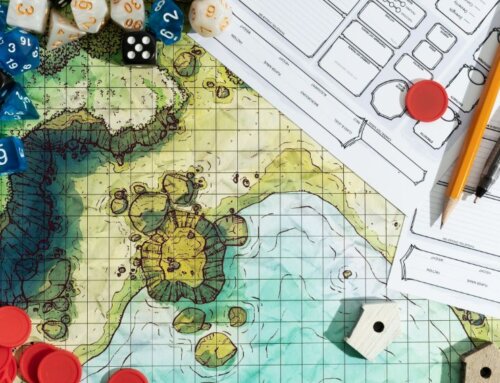Once you’ve set sail on the journey of creating Android games, the first step is to chart the course for your game concept and mechanics. But, as you navigate through the vast sea of development tools and design choices, there’s one crucial aspect that can make or break your game’s success – the player’s engagement.
How can you ensure that your game keeps players hooked and eager for more? Join this discussion to uncover the secrets of crafting captivating Android games that players won’t be able to put down.
Key Takeaways
- Choose a suitable programming language like C, Python, or Java for engaging gameplay.
- Visualize gameplay, characters, and storyline meticulously for player engagement.
- Craft stunning visuals and audio to enhance the overall gaming experience.
- Test rigorously for performance, compatibility, and usability before releasing the game.
Concept Identification
To kickstart the development of your Android game, you need to dive into concept identification, where you define the core elements that will shape your game’s success.
Utilizing brainstorming techniques is key to generating innovative ideas for game mechanics, characters, plot, and gameplay features.
Engage in visualizing the game to ensure player engagement strategies are integrated early on. Consider your target audience and potential monetization models during this phase.
Detailed planning of game visuals, storyline, and characters is crucial for a successful concept. Aim to create a unique and captivating idea that resonates with the intended player base.
Programming Language Selection
When diving into the realm of Android game development, your choice of programming language plays a critical role in shaping the dynamic and engaging experiences your game will offer to players. Language comparison is key in this decision-making process.
C#, known for its robust features, is commonly used with Unity for Android game development, offering a developer-friendly environment.
Python, on the other hand, is favored for its extensive libraries and frameworks that enhance gameplay. Skill assessment is crucial as understanding languages like C# and Python is essential for creating captivating gameplay on Android devices.
Java, a versatile language, is widely used in Android game development due to its compatibility and flexibility for different game types.
Each language offers unique advantages based on project requirements and developer expertise.
Development Process Start
Embark on your journey in Android game development by initiating the Development Process Start, laying the foundation for turning your game idea into a captivating reality.
Begin by defining your game concept through targeted audience analysis and brainstorming game mechanics. Visualize the gameplay, storyline, and characters to create a cohesive experience. Consider how to monetize your game effectively.
Select a suitable game engine that aligns with your requirements and offers ease of use and community support. Ensure cross-platform compatibility and review licensing considerations.
This stage sets the tone for the entire development process, guiding you towards creating a compelling game that resonates with your audience and fulfills your vision.
Graphics and Sound Creation
Kickstart your Android game development journey with the vibrant world of Graphics and Sound Creation, where visual and auditory elements converge to breathe life into your gaming masterpiece.
Creating assets for your game involves using tools like Photoshop, Maya, or 3ds Max to craft stunning visuals that captivate players. Equally important is the audio production, as sound effects and music elevate the gameplay experience to new heights.
Deciding between 2D or 3D graphics hinges on your game’s specific visual requirements, with factors like art style consistency, color usage, and performance optimization playing pivotal roles. For high-quality visual assets, outsourcing graphic design services can be a viable option, ensuring your game stands out in a crowded market.
Interface Design
As you progress from crafting stunning visuals and immersive soundscapes, your Android game’s interface design takes center stage, shaping the player’s interaction experience with user-friendly menus, buttons, and screens.
Color psychology plays a pivotal role in creating an interface that resonates with players on a subconscious level. By choosing colors wisely, you can evoke specific emotions or guide users towards essential elements.
User interaction is another key aspect to consider; ensure that your interface elements are intuitive and responsive to touch, swipes, and gestures. A well-designed interface not only enhances the visual appeal but also simplifies navigation, making it easier for players to immerse themselves in the game world.
Keep the design consistent and prioritize clarity to provide a seamless gaming experience.
Game Testing
Exploring various devices and testing scenarios with a focus on user experience elements is crucial during game testing to ensure a seamless gameplay experience.
When testing your Android game, remember to conduct performance optimization to enhance the game’s speed and responsiveness across different devices.
Compatibility testing is essential to ensure that your game functions well on various screen sizes, resolutions, and processing power levels. Test under different conditions like low battery or with background apps running to catch any compatibility issues.
Pay close attention to details such as controls, responsiveness, and interface during testing to guarantee a smooth user experience.
Thoroughly check for crashes, freezes, and other performance metrics to deliver a high-quality game to your players.
Game Release
To successfully launch your Android game into the market, timing is key to gather user feedback promptly for further enhancements. Engaging users from the initial release is crucial for long-term success.
Implementing effective monetization strategies early on can help generate revenue and sustain the game’s development. By actively monitoring user engagement and feedback, you can tailor updates to enhance the gaming experience and keep players interested.
Allocate a portion of your budget for marketing to increase visibility on app stores and attract a wider audience. Regularly releasing updates based on user feedback not only improves the game but also shows players that their opinions are valued.
Conclusion
Congratulations on completing the development of your Android game! By following the steps outlined in this article, you have successfully brought your game concept to life with engaging mechanics, captivating graphics, and immersive gameplay.
Remember to thoroughly test your game to ensure a smooth player experience before releasing it to the world.
With dedication and creativity, your game is sure to make a splash in the competitive world of mobile gaming.
Best of luck on your game release!
Check out more articles:






Leave A Comment